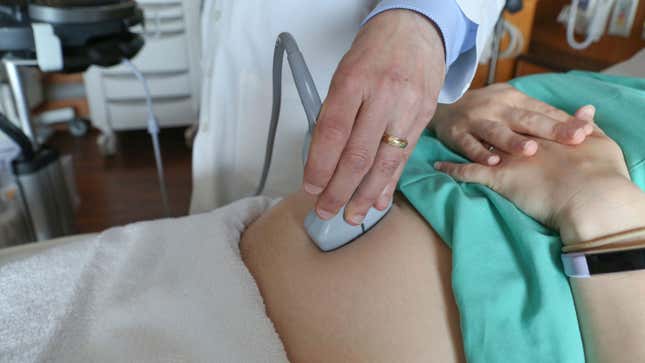Products Designed for Postpartum Bodies Are Finally Coming to a Target Near You
Latest

For as long as most of us can remember, cultural narratives around childbirth focus on the pain of delivery followed by the bliss of having created new life. But the realities of childbirth and the trauma it inflicts on the body are much messier and painful. And secrecy around what to expect after you’re expecting has left generations struggling to rig homemade solutions to care for their postpartum bodies.
In an Atlantic piece called “The Demystification of the Female Postpartum Body,” Chelsea Hirschhorn, CEO of Frida Mom, spoke about her postpartum experience in a culture where many new parents own a baby wipe warmer but few have access to products custom-made to help heal and soothe episiotomy stitches and C-section incisions:
“That area is obviously the most sensitive for the first four weeks following birth, and I was told [icing that area] is the most important component of your recovery,” she says. When the nurses in Hirschhorn’s postpartum-recovery ward were arming her with what she would need to take care of herself at home, “they ripped open a Pampers newborn diaper, took a pitcher of ice from the hallway ice machine, and they stuffed the ice into the middle of the diaper,” she says. “They taped the diaper back up and told me to put it in the mesh underwear, put it on top of a doggy wee-wee pad, and sit there for 20 minutes.”
As an alternative to puppy pads and duct tape, Hirschorn’s company is putting “postpartum-care kits” on the shelves of stores like Walmart and Target. The kits include tools such as combination ice pack/maxi-pads and the “Mom Washer,” a squirt bottle to make washing the perineal area easier. The kits will probably be useful, but the lack of products targeted to postpartum bodies addresses just part of the problem. Another issue is the fact that during pregnancy, pregnant people are seen primarily as vessels for the fetus, and once the babies are delivered, most are left to sort out the changes to their bodies on their own. As the Atlantic notes, doctor visits dwindle from once-weekly to once every six weeks following delivery, often leaving new parents stressed and in pain with few resources for understanding how best to care for themselves:
“‘When you’re pregnant, you go for checkups once a month, and then twice a month, and then in the last four weeks you go weekly. And then you have your baby, they send you home, and then you don’t come back until six weeks later,’” Jennifer Mayer, a New York City doula said. “‘Which is a huge chunk of time, and such an intense period.’” Indeed, many parenting books and blogs reference the “six-week checkup” as the first visit a mother and newborn will have with a doctor after birth. That gap in medical care during the time when mothers’ bodies undergo major hormone fluctuations and injury healing, Mayer adds, can create the sense that whatever the mother’s body is doing in those six weeks is her problem to deal with.”
A wider array of postpartum products will most likely be an incredibly welcome improvement over ice wrapped in a Pamper, but the real change will come when we begin to value a pregnant person’s body just as much as the fetus inside of it.